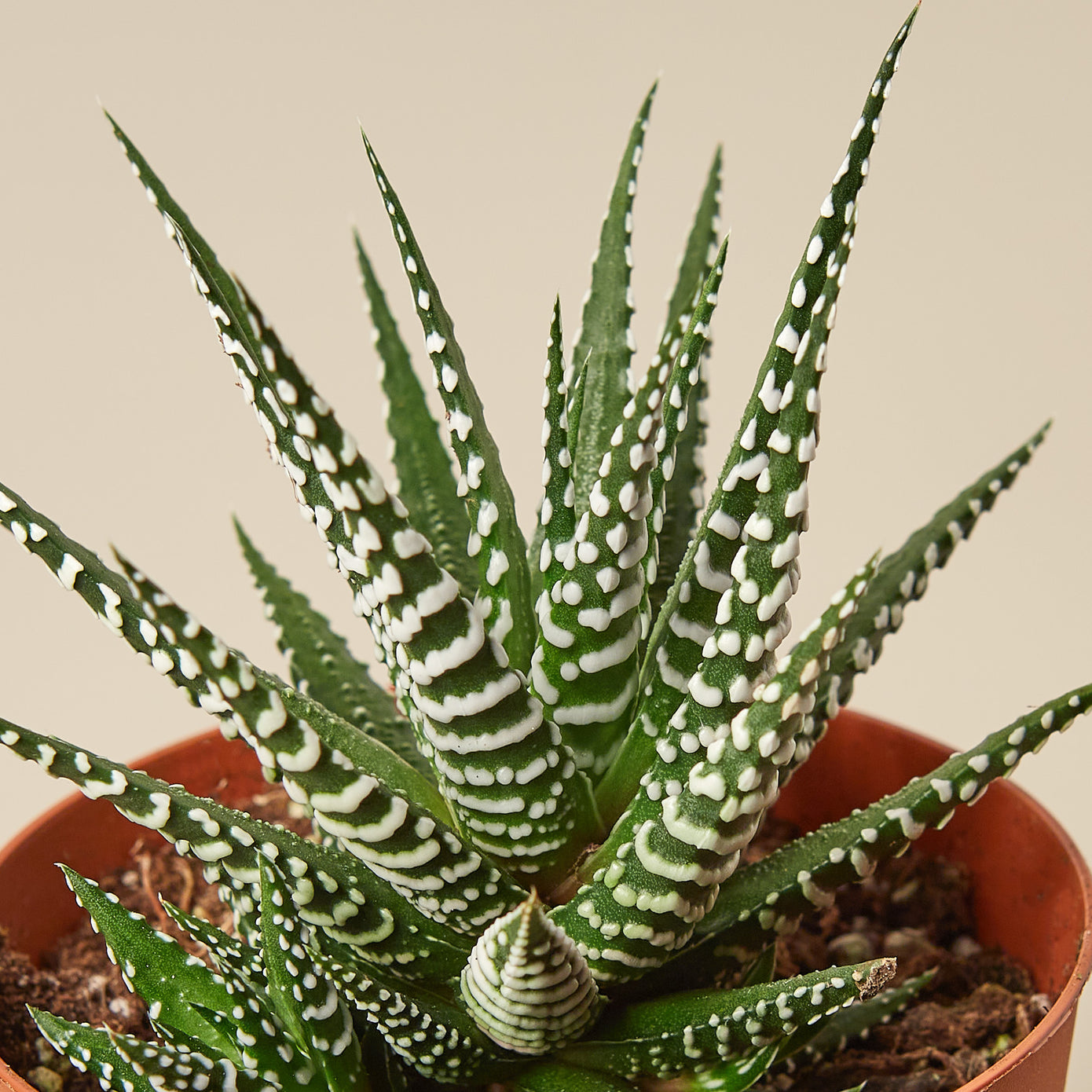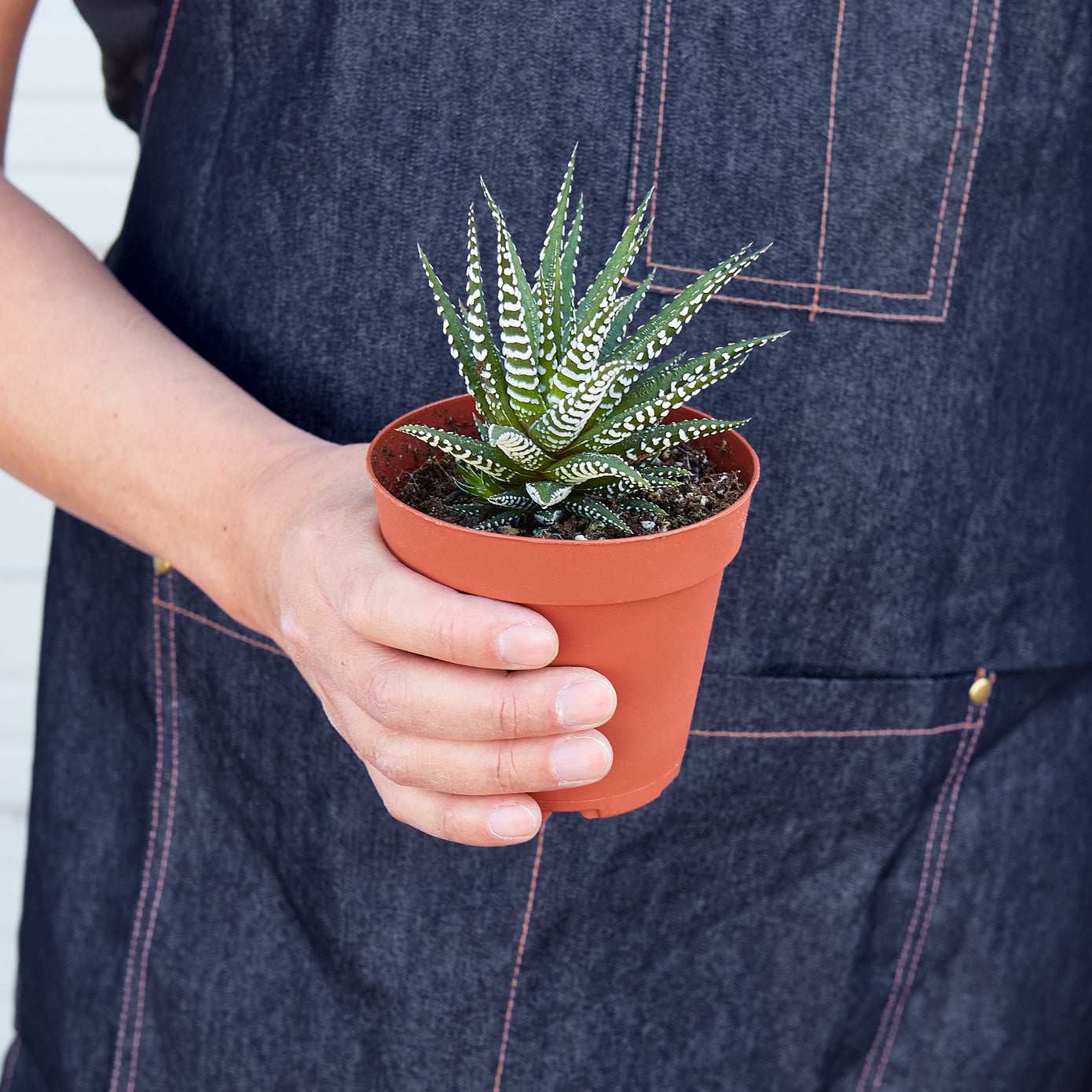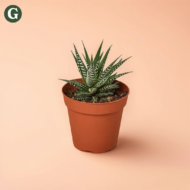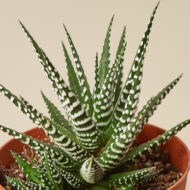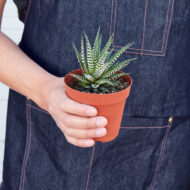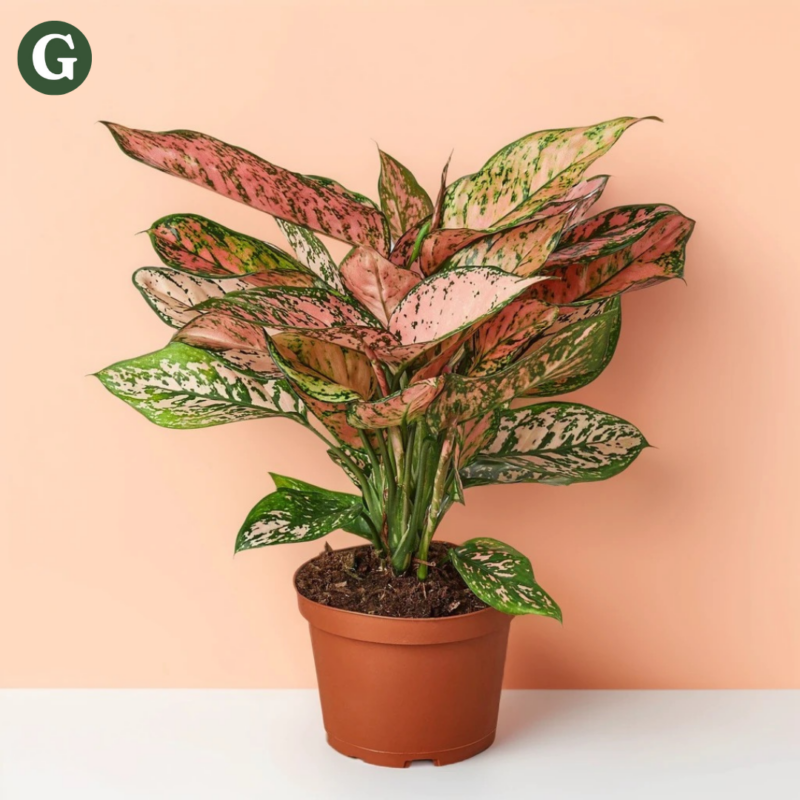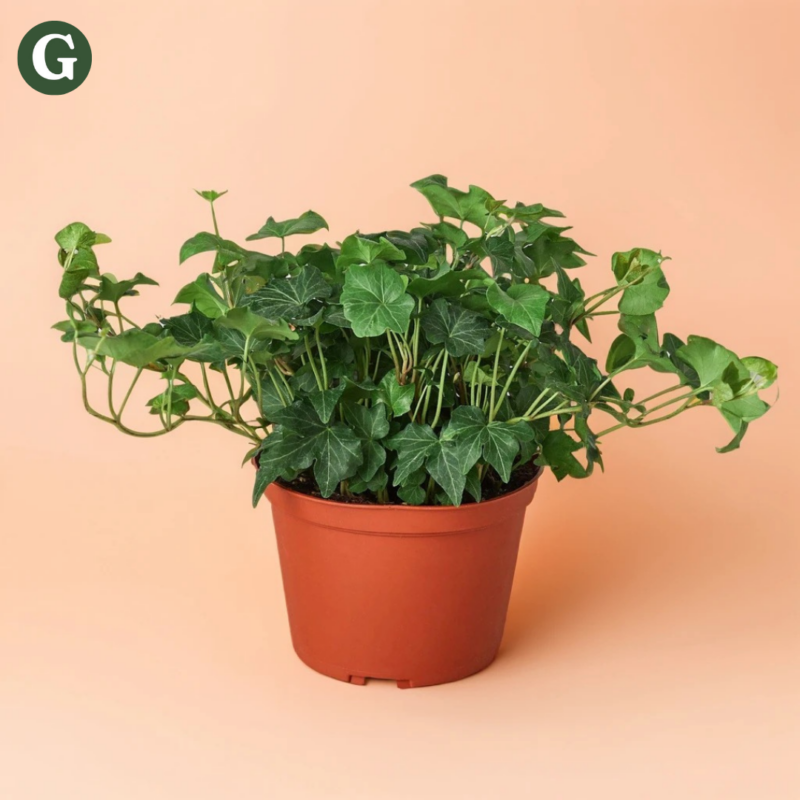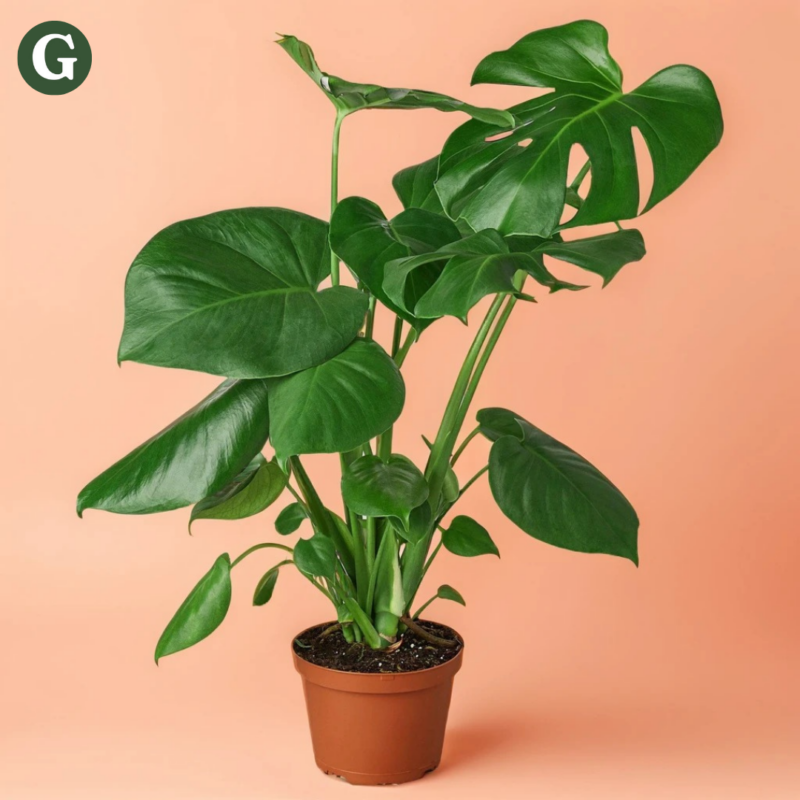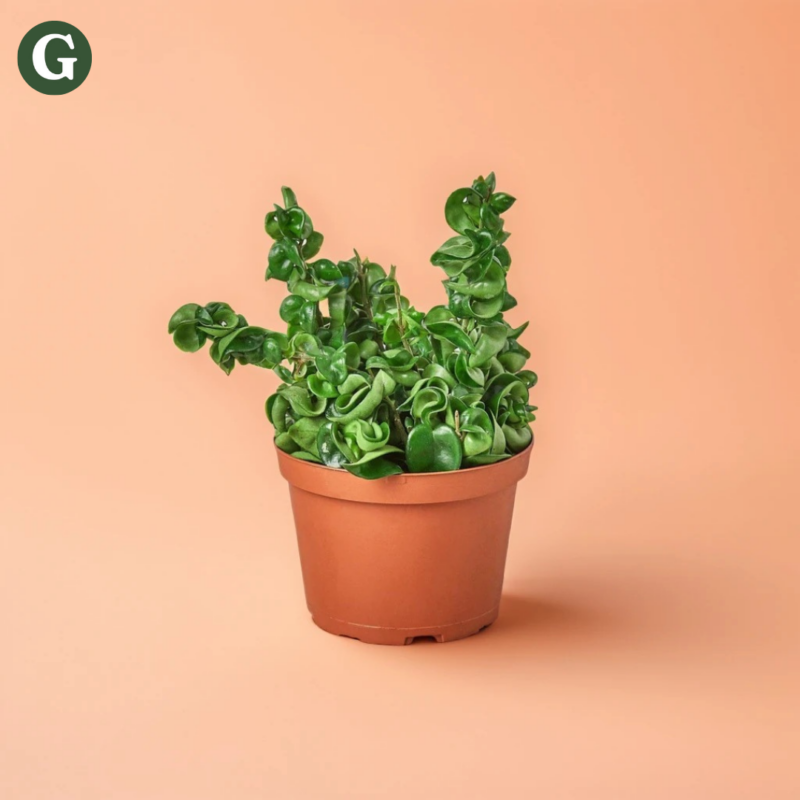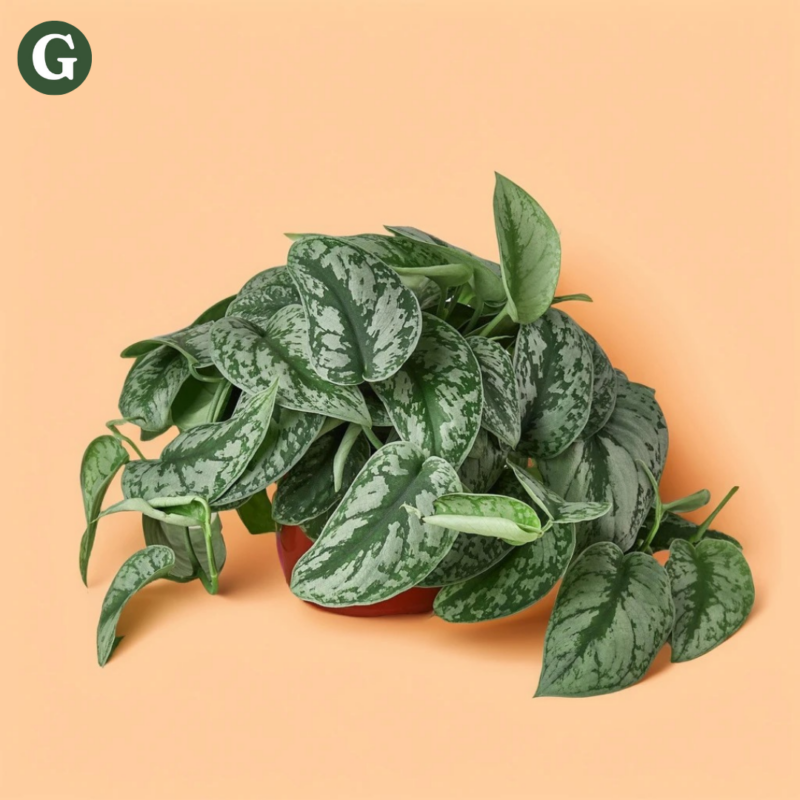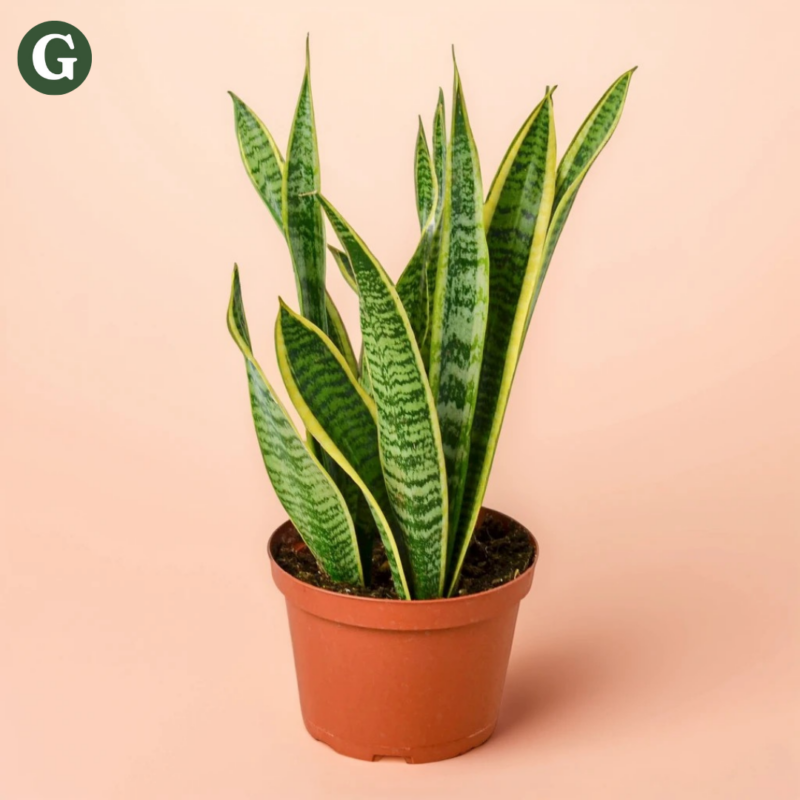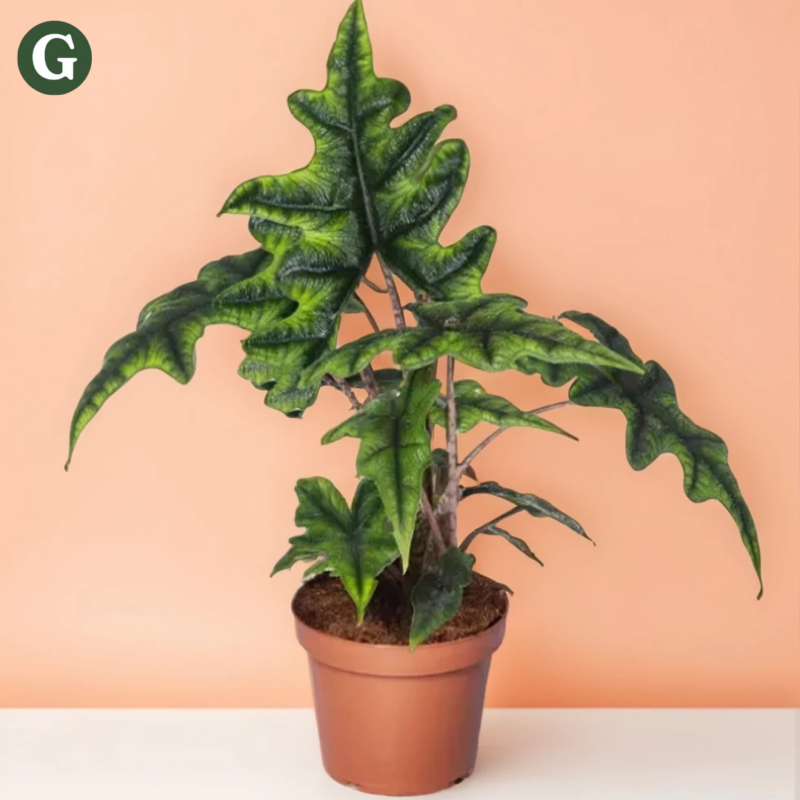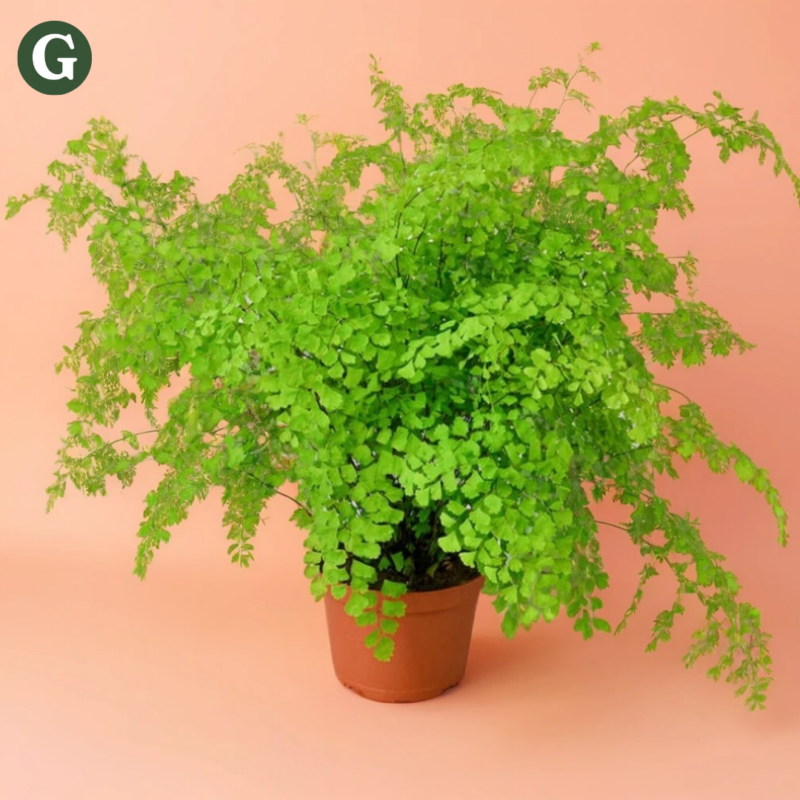Succulent Zebra Plant
Botanical Name: Haworthia attenuata
Common Name(s): Zebra Plant, Zebra Haworthia, Striped Haworthia
The Succulent Zebra Plant is a charming and low-maintenance succulent native to South Africa. Known for its striking appearance, it features thick, fleshy, dark green leaves with prominent white horizontal stripes that resemble the pattern of a zebra's skin, hence the name "Zebra Plant." The leaves are arranged in rosettes and have a slightly translucent, banded appearance, which gives the plant a unique and eye-catching texture. Over time, it can form clumps, with multiple rosettes growing close together, creating a fuller, bushier appearance.
Zebra Plant is a relatively small succulent, typically growing up to 6–8 inches (15–20 cm) in height and spreading up to 12 inches (30 cm) in diameter. It is highly regarded for its attractive foliage, which adds a geometric, sculptural element to any indoor plant collection. While it is mostly grown for its foliage, it can produce small, tubular white or pale pink flowers in the summer, though blooming is not always guaranteed in indoor environments.
This succulent is ideal for beginners or anyone looking for a low-maintenance plant. It thrives in bright, indirect light but can tolerate lower light conditions, which makes it perfect for indoor spaces with filtered sunlight or partial shade. Direct sunlight should be avoided, as too much exposure can scorch the leaves and cause their characteristic stripes to fade. The best place to keep the Zebra Plant is on a windowsill or a location that receives bright, indirect light for several hours a day.
This succulent is a drought-tolerant succulent that stores water in its leaves, so it does not need frequent watering. Water less frequently during the winter months when the plant's growth slows down. The Zebra Plant thrives in well-draining, sandy, or cactus-type soil. A pot with drainage holes is essential to prevent water from accumulating at the bottom and causing the roots to rot.
Pruning is generally not required. However, if the plant becomes too leggy or develops damaged or dead leaves, these can be trimmed off to maintain a neat appearance. The plant’s compact size makes it an excellent choice for smaller spaces, such as desktops, windowsills, or as part of a succulent arrangement. It can also be propagated easily by removing offsets (pups) from the main plant and allowing them to callous for a few days before planting them in their own container.
Note: This plant is non-toxic to pets, making it a very safe option for homes with cats and dogs.
Care Insights & Expert Tips
- Prune as needed: Prune to remove dead or damaged leaves and to shape the plant if it becomes too leggy.
- Repot every 1-2 years: Repot this plant every 1-2 years or when the plant becomes root-bound. Use a well-draining cactus or succulent mix.
- Fertilize sparingly: Feed your plant with a balanced liquid fertilizer diluted to half strength once or twice a year during the growing season.
- Propogates easily: The Zebra Plant can be easily propagated by offsets (pups). Simply remove the small baby plants that grow around the base of the mother plant, allow them to callus over for a day or two, and then plant them in their own pot with well-draining soil.

Visit our plant care library
Find essential tips to keep your plants thriving, vibrant, and healthy.

